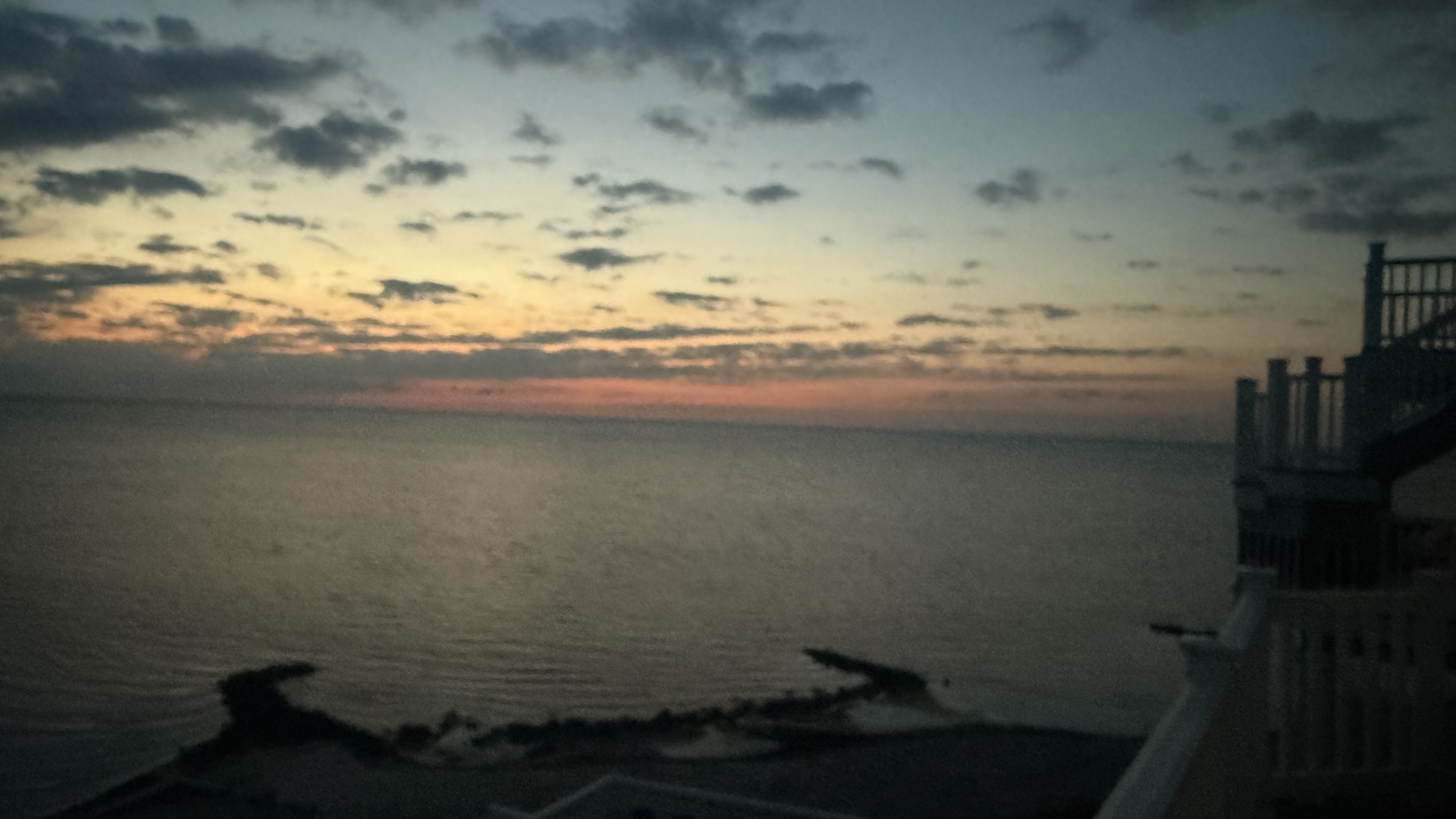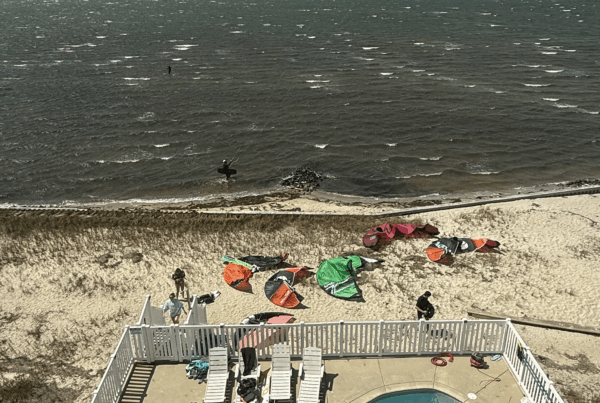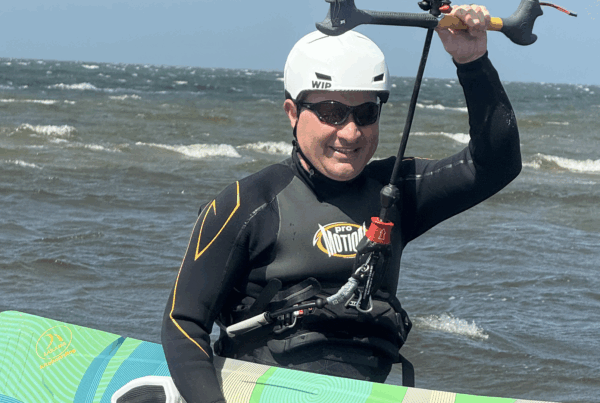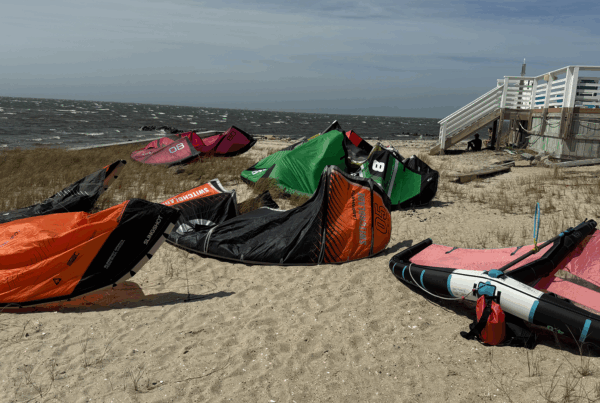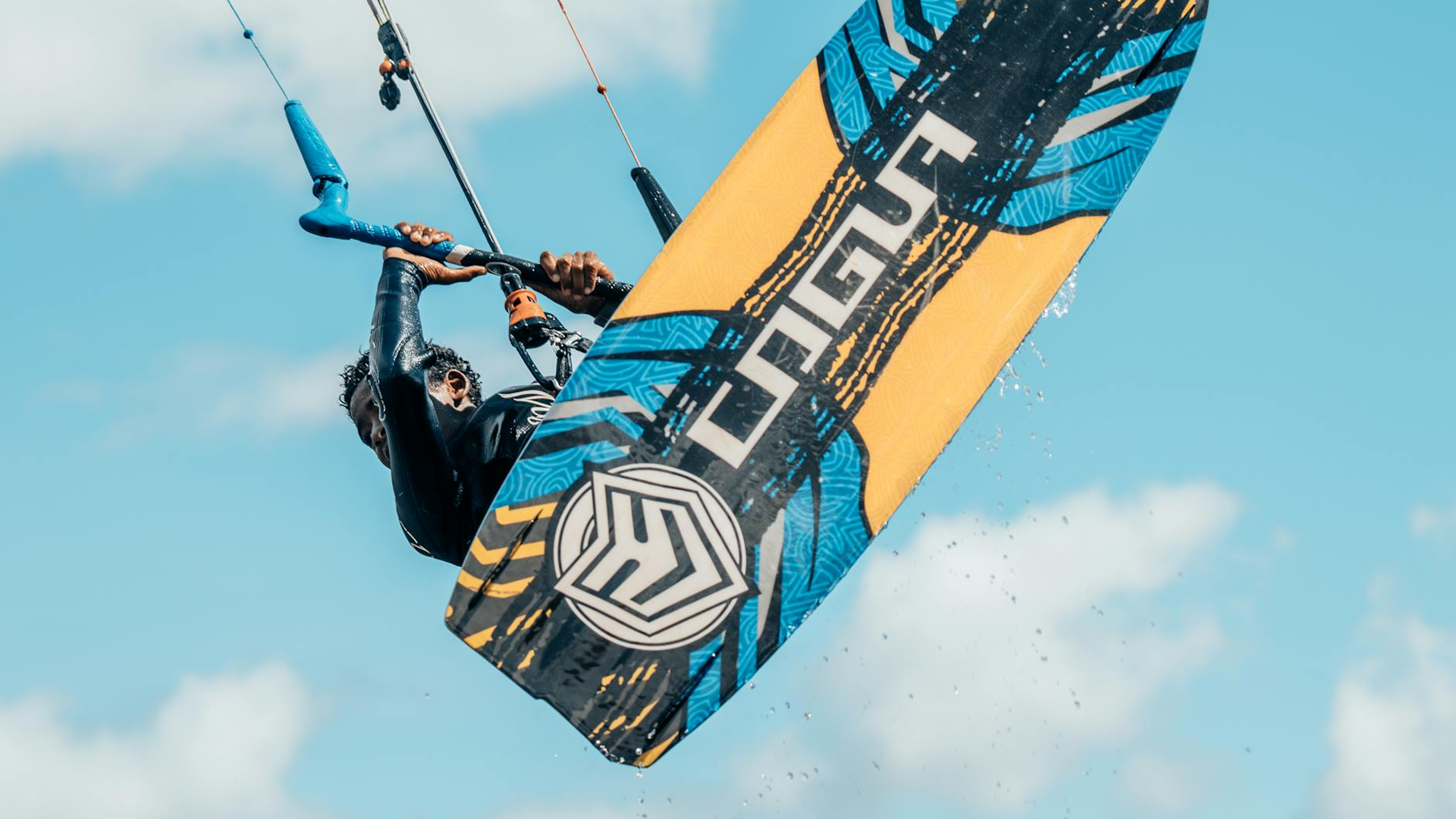
Why Foilboarding is the Perfect Sidekick for Light-Wind Days: Gear Recommendations for Beginners.
If you’re an avid kitesurfer, windsurfer, or simply love water sports, you’ve probably encountered those frustrating light-wind days when your usual gear just doesn’t cut it. Enter foilboarding—a thrilling, innovative way to glide over the water, even when the wind is barely a whisper. With its unique design, foilboarding allows riders to take to the waves on those breezy days, making it the perfect sidekick for light-wind conditions.
What is Foilboarding?
Foilboarding, also known as hydrofoiling, involves a board mounted with a hydrofoil—a specialized wing-shaped structure that extends below the water’s surface. This hydrofoil generates lift, allowing the rider to rise above the water and glide effortlessly. The result? A smooth, almost silent ride that feels like you’re floating on air.
Unlike traditional surfing or kitesurfing, foilboarding thrives in light wind conditions because the foil generates lift with much less speed. This makes it the go-to option for windsurfers and kiteboarders who want to enjoy their sport even when the wind is weak or inconsistent.
Why Foilboarding is Perfect for Light-Wind Days
When the wind is light, many water sports become a waiting game. But with foilboarding, you don’t have to sit on the shore and watch the wind forecasts. Here’s why foilboarding excels in these conditions:
-
Less Wind, More Fun: Traditional kitesurfing or windsurfing relies on stronger winds to create enough force to lift the rider. In contrast, foilboards are designed to perform in very light wind, allowing riders to enjoy their time on the water even when the breeze is minimal.
-
Smooth Ride: The hydrofoil’s design reduces drag, which means less power is needed to move. This results in a much smoother, quieter ride compared to conventional boards that churn through the water.
-
Increased Lift: Once the foil starts to lift out of the water, the resistance drops dramatically. This means you can continue to ride and carve even in low winds without worrying about getting stuck or losing momentum.
-
Extended Riding Season: With foilboarding, you’re not confined to windy days. It opens up new opportunities to ride in places and seasons that wouldn’t typically be ideal for traditional wind-powered sports.
Gear Recommendations for Foilboarding Beginners
If you’re new to foilboarding, it’s important to select the right gear that suits both your skill level and the conditions you’ll be riding in. Here’s a breakdown of the essential foilboarding gear for beginners:
1. Foilboard
When choosing a foilboard as a beginner, you’ll want a board that offers stability and easy handling. Look for a larger, wider board that helps with balance while you’re learning the ropes. Some of the top recommendations include:
-
Slingshot Hover Glide Foilboard: Known for its easy control and stability, making it perfect for newcomers.
-
Naish Hover 120: This board is ideal for lighter winds, providing a stable platform while you adjust to the feeling of the foil.
-
Duotone Slick Foilboard: A great option for those wanting a balance of stability and performance, and it comes with beginner-friendly features.
2. Hydrofoil
The hydrofoil itself is the most critical component for foilboarding, and choosing the right one can make all the difference. Beginners should opt for a larger, slower foil that provides more lift and stability at lower speeds. Here are a few recommendations:
-
Liquid Force Impulse Hydrofoil: A beginner-friendly hydrofoil designed for easy lift, stability, and smooth transitions.
-
Fanatic Aero Foil: Offers a great mix of stability and performance for those just starting out.
-
Moses 633: Known for its low drag and great lift in light winds, making it perfect for beginners.
3. Wetsuit and Harness
For comfort and safety, investing in a high-quality wetsuit is crucial. Depending on the water temperature, a full wetsuit will keep you warm and protected. Choose one with good flexibility for freedom of movement.
A harness is also important to reduce strain on your arms while controlling the kite or windsurf sail. Beginners often prefer a seat harness for better comfort and support.
4. Kite or Windsurf Sail (For Kitesurfers/Windsurfers)
If you’re looking to combine foilboarding with kitesurfing or windsurfing, you’ll need a kite or sail designed for light-wind conditions. Choose a kite with a larger surface area or a sail that’s optimized for low-wind performance:
-
Ozone Edge V10 (for Kitesurfers): A popular choice for light-wind kiting due to its efficiency and power in low breeze.
-
Duotone Spirit Freeride Wing: A lightweight wing that’s perfect for beginners wanting to learn foilboarding without the wind dependence.
5. Helmet and Safety Gear
Safety is key in any sport, and foilboarding is no exception. Always wear a helmet, impact vest, and foot protection to avoid injury, especially when you’re just starting out and learning how to manage your balance.
Final Thoughts
Foilboarding is a fantastic sport for those who want to ride the waves, even when the wind isn’t ideal. It opens up a whole new world of possibilities for light-wind days, offering a unique combination of performance, excitement, and sustainability. Whether you’re a complete beginner or an experienced rider, foilboarding is sure to provide hours of fun while connecting you with nature and the elements in a way no other sport can.
Follow us on social media for more updates and eco-friendly tips:
Facebook: Follow us on Facebook
Telegram: Join Us on Telegram
Instagram: Follow us on Instagram

